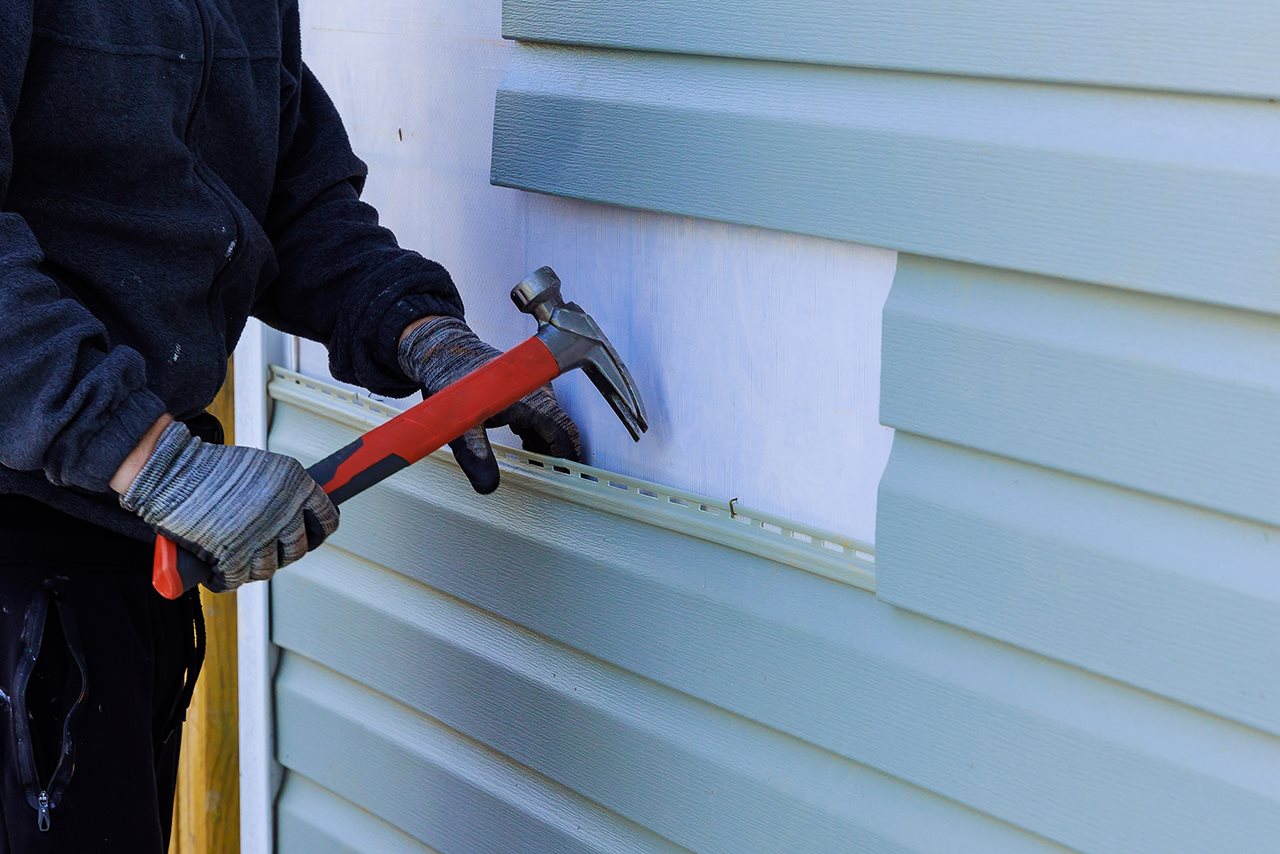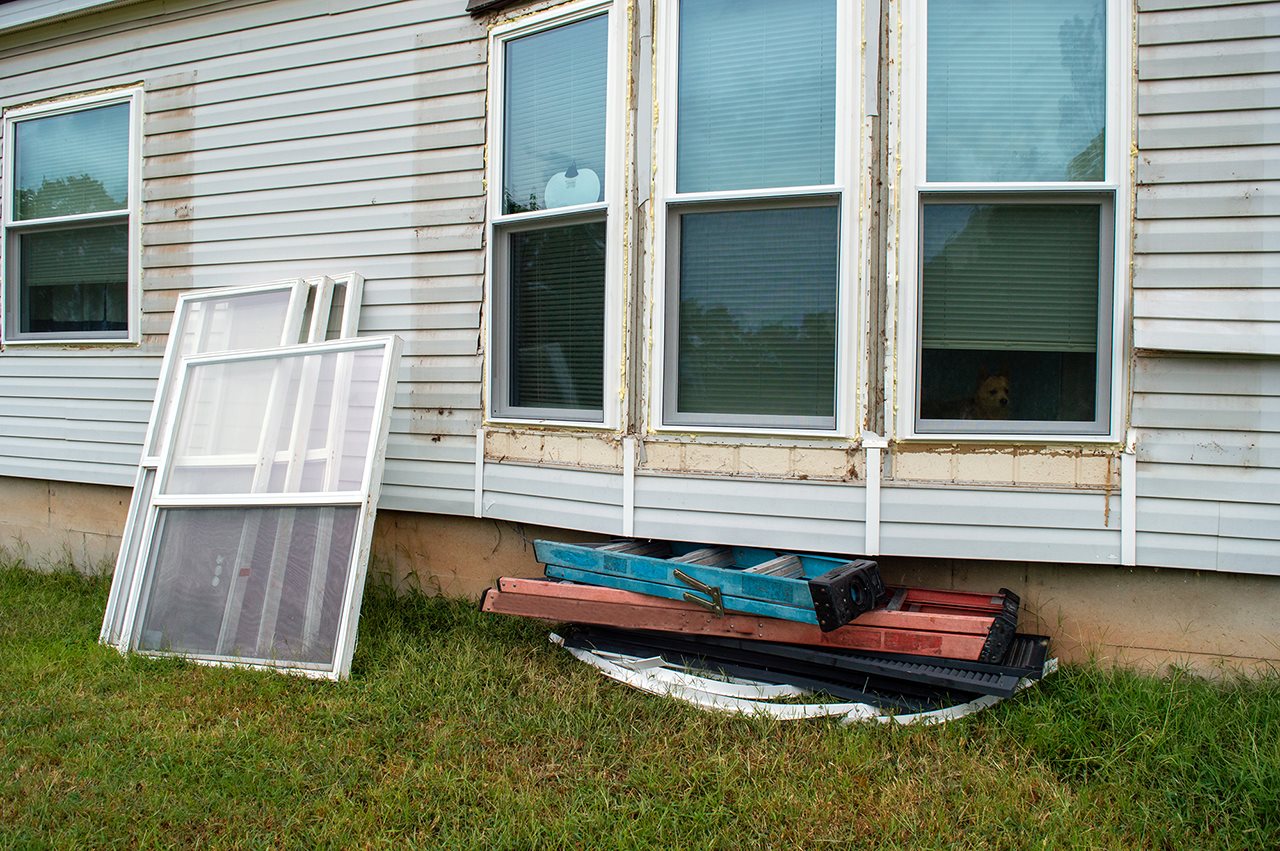(BPT) - By Ned Monroe, CEO of the Vinyl Institute
PVC, aka vinyl or polyvinyl chloride, is a versatile component found in many of the products we use every day - from siding and pipes to medical supplies to car upholstery and record albums. Along with being safe and economical, vinyl is known for its durability. PVC pipes and other PVC products can stay in use for decades - which often leads to the misconception that PVC is not recycled or recyclable. Nothing could be further from the truth. Reusing and recycling PVC helps to cut back on waste, and adding recycled content to products reduces the demand for virgin vinyl resin. Because of this, vinyl recycling is growing across the U.S. and Canada.

PVC is reusable and recyclable
Vinyl products are trusted to protect our homes and transport our water, and have countless other uses throughout our daily lives. And many vinyl products, such as siding, roofing and records, remain in use for decades. This means that very little vinyl is available for recycling by comparison to common packaging materials like water bottles. While it is challenging to isolate PVC from other types of plastics in mechanical recycling, several new technologies can effectively handle mixed plastic streams containing PVC.
By using a variety of processing methods, and because PVC is so versatile, there is ample opportunity to reuse the material in the creation of new products. Surveys have shown that 1.1 billion pounds of PVC are being recycled in the U.S. and Canada annually1, and the industry is making significant investments to increase recycling streams and ease takeback efforts so that even more vinyl products can be diverted from the landfill and become valuable in new ways.

For example, one company is using post-consumer and post-industrial PVC to produce car mats and other accessories. Another is recycling PVC from wires and cables for use in new products. One non-profit is reusing old billboards and converting them into high-value, long-lasting tarps for temporary roofing to protect people after disasters.
Vinyl recycling in action
The vinyl industry is stepping up in many ways. The Vinyl Institute is one of the organizations taking the lead on increasing PVC recycling opportunities. As part of its in-house Vinyl Sustainability Council, it's providing resources and education to manufacturers, recyclers, end users and others.
One of the organization's largest efforts is VIABILITY™, a post-consumer recycling grant program designed to increase post-consumer PVC recycling and kickstart new PVC recycling technologies. In just over two years, the program has awarded more than $2 million to 21 organizations, covering everything from equipment to logistics to education.
Just one example is the Revinylize Recycling Collaborative, which collects post-consumer residential vinyl siding; funding from VIABILITY helped Revinylize scale up its branding and operational website. Revinylize's pilot program in Northeast Ohio helped drive the collection of more than 400,000 pounds of post-consumer PVC; without the grant, Revinylize estimates it would have taken three to four years to accomplish what it achieved in just eight months. The program has now expanded to multiple states.
How you can take part in vinyl recycling
Just like with recycling single-use cans and bottles, we all can contribute to recycling vinyl products at the end of their life - and it's getting easier to do.
If you have PVC materials ready for disposal - whether you're replacing your vinyl flooring or tossing an old garden hose - you can search Vinyl Institute's Recycling Directory to find recyclers in your area.
In addition, you can reach out to your municipality to find out what they're doing and encourage them to set up a drop-off point for PVC recycling. When opportunities present themselves, ensure your colleagues and neighbors are aware of PVC recycling options. Because PVC can be and is being recycled.
Visit www.vinylinfo.org/vinyl-sustainability/ to learn more.
(1): Nasr, Nabil, ed. Technology innovation for the circular economy: Recycling, remanufacturing, design, system analysis and logistics. John Wiley & Sons, 2024.
